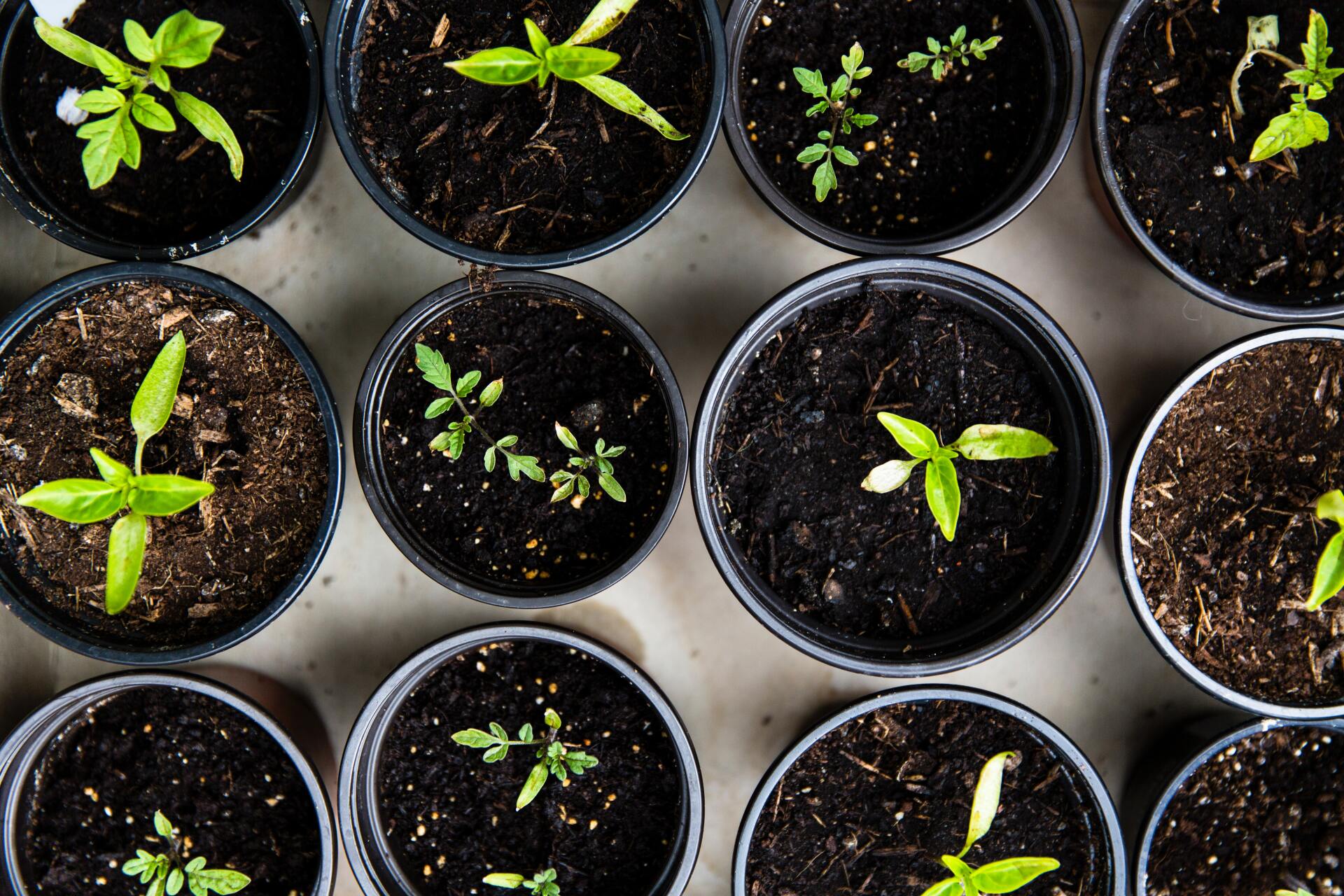Gardening for Life
There are health benefits of having a few indoor plants that are well-documented.
By Cindy Williams, RN
Coordinator, Health Ministries
I have never thought of myself as having a “green thumb.” In fact, I killed many houseplants in my early adult life. I started having more success and enjoying growing things after I met a wonderful lady named Ione in Osburn, Idaho. Ione gardened all her life out of necessity and later to also “get outside and get some exercise.” She gave me some African violet plants, along with care instructions, that are still alive and blooming twenty years after her death.
There are health benefits of having a few indoor plants that are well-documented. Maybe you can start with growing a few easy (harder-to-kill) houseplants. I find spider plants, pothos, snake plants, and dieffenbachia easy to grow. I tend to forget to water my plants and so keep only plants that are happy with being watered once a week. Other plants that are reported to be easy include Chinese evergreen, Christmas cactus, lucky bamboo, and prayer plants.
Sprouting is another very simple thing you can do at home. We love alfalfa sprouts as well as a combination of alfalfa, radish, and clover seeds. Lentil sprouts are another favorite of mine. I use a wide mouth Mason jar with a screen lid made from the jar ring and a piece of plastic canvas cut to fit. It is a great way to get some additional greens in our diet and it is fun to watch how quickly they grow!
Did you know that you can regrow some vegetables from the scraps that you normally throw away? This is a fun experiment to try with your kids. I have had mixed success with this except with green onions. I planted the root ends from store-bought onions in my raised-bed garden last year and quickly had a new bunch of green onions to enjoy. I plan to try this with celery and leeks this year. They take a long time to grow from seed – longer than we have in Spangle!
There are also ways you can grow food in quite small spaces, even on your porch. Two of my favorite non-traditional growing techniques are Square Foot Gardening developed by Mel Bartholomew and the Rain Gutter Grow System by Larry Hall. They are both excellent for those with only a small area to use and those who need their garden to be moveable. They also tend to be much easier to care for than a traditional garden with fewer weeds and no tilling. The Rain Gutter Grow System also waters itself, so it is easy to travel during growing season and not have to find someone to care for your garden. Both systems do require an initial investment but can be well worth it. Be sure to use the recommended planting mixes for these systems! I can tell you from personal experience that regular dirt from the yard does not work well.
There are quite a few links listed below that will give you more information about the various things in this article. The Internet gives us opportunities to explore a lot of options. Give at least one of them a try and see what you can grow this season.
References
https://www.healthline.com/health/healthy-home-guide/benefits-of-indoor-plants#7-benefits
https://www.thespruce.com/easy-houseplants-hard-to-kill-4141665
https://sproutpeople.org/growing-sprouts/sprouting-instructions/
https://www.gardentech.com/blog/gardening-and-healthy-living/growing-food-from-kitchen-scraps
https://squarefootgardening.org/
http://www.naturalbuildingblog.com/larry-halls-rain-gutter-grow-system/
This article is part of a continuing series of health during these COVID times. For other articles, please see www.uccsda.org/healthministries.
Photo by Markus Spiske on Unsplash













